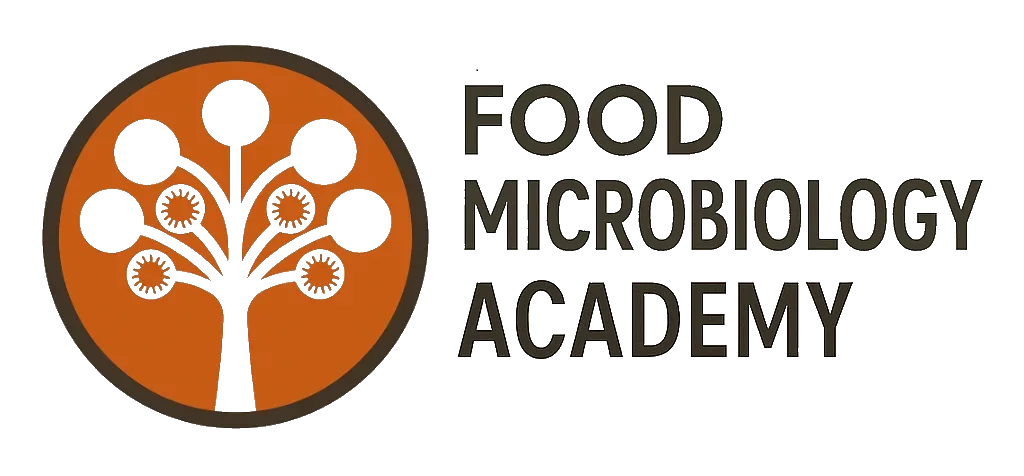Dairy products can be broadly regarded as short shelf-life, of which an example is pasteurised milk, or long shelf-life, such as UHT milk, cheese and milk powders. The short shelf-life products tend to be spoilt by microbial growth, primarily by bacteria while the long shelf-life products are mostly spoilt by enzymatic action, although outgrowth of Gram positive bacterial spores can also occur. Raw milk tends to contain mostly spoilage bacteria, mainly Gram negative species. Pseudomonas species can dominate or be relatively scarce. Pathogenic bacteria are rare.



